This article is reproduced from the Autocarweekly WeChat public account, written by Financial Street Lao Li.
Evergrande Auto is the most watched Hong Kong stock smart electric vehicle target in the capital market, without a doubt.
As the most likely new force of Chinese auto manufacturers to form an industrial chain concept stock, every move of Evergrande Auto is closely watched by the capital market. On June 6th, Evergrande Auto announced the start of summer testing. Liu Yongzhuo, the president of Evergrande, reiterated at the press conference that the Hengchi series will start trial production in the fourth quarter of this year and achieve large-scale delivery to consumers next year.
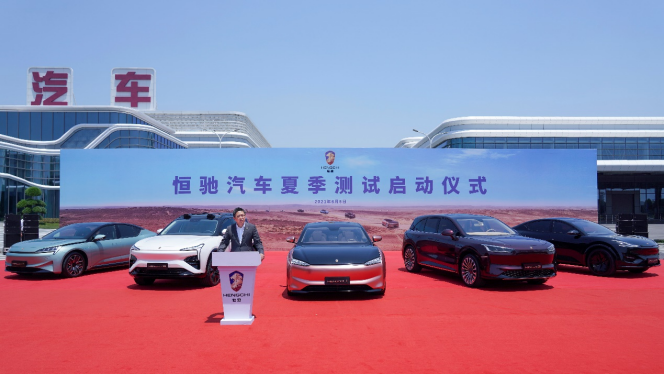
As early as the Shanghai Auto Show, many secondary market industry researchers experienced the Hengchi series at the Evergrande Shanghai R&D base. Many videos taken by researchers were also circulated online, and Lao Li also communicated with them. Many researchers gave feedback that the vehicle performance was good. Just like how there are a thousand Hamlets in a thousand readers’ eyes, everyone has different sources of information and naturally has different opinions on Evergrande Auto. Today, Lao Li will chat with everyone about Evergrande Auto from the perspectives of industry and capital.
There is a consensus in the auto industry that after the arrival of the smart electric vehicle era, the threshold for making cars has become lower, but the threshold for making good cars has become higher. The reason is that smart electric cars have changed the deep business logic of the auto industry: in the past, auto companies had longer operating chains, and their core competencies included research and development, procurement, manufacturing, channels, sales, and many other links.
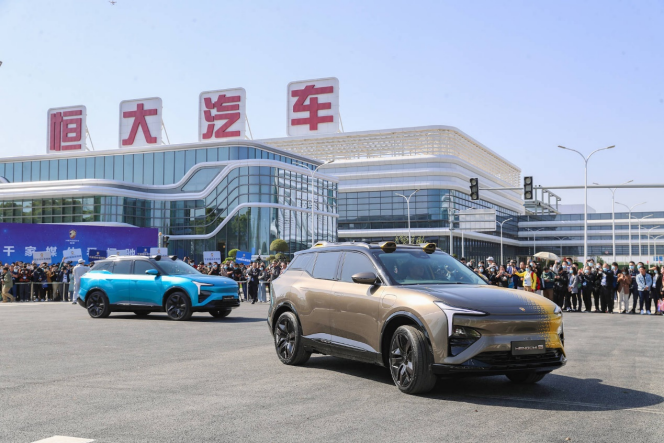
After the arrival of the smart electric vehicle era, the operating chains of car companies have become shorter, and their core competencies only include research and development, supply chain, and users. Looking at the new forces of car manufacturers that have already emerged domestically and internationally, they are all very competitive in these three areas. A careful study of Evergrande Auto’s strategic layout will reveal that Evergrande Auto’s early layout was also carried out from these three areas. Baidu and Xiaomi are also following this strategy.
“Core technology” and “product quality” have always been the keywords for Evergrande Auto. To achieve these two key elements, it is necessary to invest in research and development first. Evergrande Auto has invested as much as 24.9 billion yuan in the research and development of the Hengchi series, mainly in two aspects:
First, large-scale international mergers and acquisitions and cooperation. They have world-leading core technologies in areas such as chassis architecture, powertrain, battery, engineering technology, smart connectivity, and autonomous driving.
Second, real car testing. They ensure product quality in areas such as the three-electric system, thermal management strategy, braking performance, battery performance, air conditioning system, and reliability and durability of interior and exterior decorative parts. Previously, Hengchi had conducted a series of technical tests in Germany, Sweden, and Austria.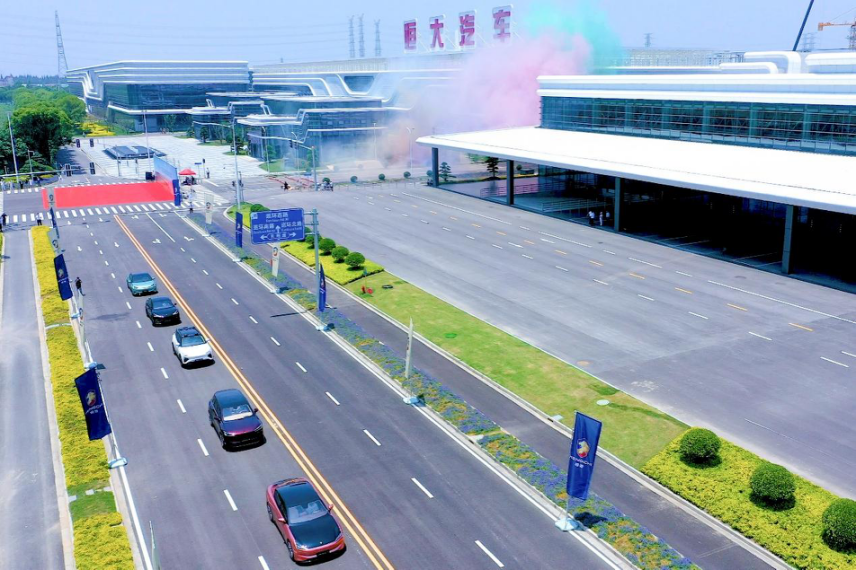
On February 3 this year, Evergrande initiated winter testing to validate product performance under extreme cold weather and complex icy road conditions, and made adaptability adjustments and tests. The summer testing will take place in Turpan, Xinjiang, where five models of Evergrande — Hengchi 1, Hengchi 3, Hengchi 5, Hengchi 6, and Hengchi 7 — will undergo a series of extreme high temperature testing, which is also a rare record in the automotive industry of a company testing five vehicles together at the same time.
The second key element of intelligent electric vehicles is supply chain management.
Research and development is essential for creating a good car, while supply chain management is the challenge for large-scale production. New car manufacturers need to integrate upstream supply chain resources, including the three key links of batteries, motors, and electronic controls, as well as vehicle and control systems.
Tesla’s first task when entering China was supply chain management. Li Xiang, founder of Ideal Auto, had his first co-founder, Shen Yanan engaged in supply chain management, which highlights the importance of supply chain management. The reality is that most new car makers take a detour in supplier selection, and some even stumble, affecting product SOP as well as production capacity due to poor supply chain management.

Evergrande’s supply chain management has three methods: cooperation, acquisition, and self-research. Evergrande uses strategic cooperation with world-leading engineering technology companies such as MAGNA, EDGA, AVL, etc., as well as 15 global leading styling design masters and 148 global automotive component leaders to ensure the world-class product quality of Hengchi.
In the past two years, Evergrande has acquired and invested in a batch of new energy automobile industry chain companies to control key components supply. Evergrande Auto has also established the Global Research Institute consisting of 16 major professional institutes, such as the Global Battery Research Institute and the Automatic Driving Research Institute. 3012 patents have been applied for both domestically and internationally, of which 1355 have been granted with authorized patents covering the entire industry chain. Evergrande is also attempting to develop power batteries and plans to produce them by the end of this year at the earliest.

To many researchers, the hardest part among the three environmental factors in R&D, supply chain and customers is the customers.The commercial nature of intelligent electric vehicles centers around the market and meeting customers’ demands. Tesla, NIO, XPENG, and Li Auto have succeeded based on traffic and commercial tags, which have formed different user groups among different brands. Traditional automakers’ electric products also follow this play, from Wuling Hongguang MINI EV to Great Wall Ora Black Cat, all capturing segmented users.
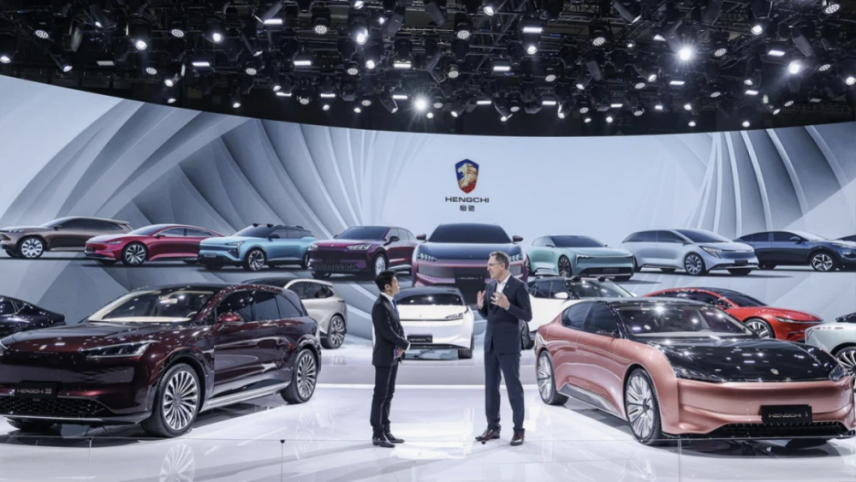
The reason Xiaomi gained a high level of industry attention after entering the market is that the Xiaomi brand itself has inherent traffic. In many researchers’ views, Evergrande Auto is also a company with a lot of attention. Since announcing its entry into the vehicle manufacturing industry, Evergrande has never lacked for “traffic,” which is particularly important for shaping the brand of intelligent electric vehicles.
In Mr. Li’s opinion, the most crucial factor is to pay attention to a company’s rhythm, to do the right thing at the right time, to choose the right business strategy. From declaring comprehensive independent car manufacturing to the present, it has only been two years for Evergrande. At this stage, Evergrande should focus on developing core technologies such as the vehicle platform, intelligent architecture, factory construction, and testing verification. Evergrande Auto should not worry about “traffic.”
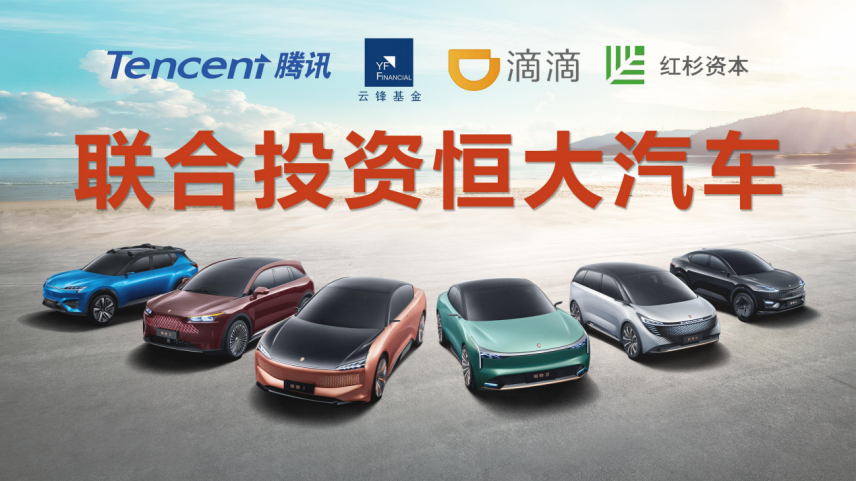
Evergrande Auto’s summer testing phase has received a lot of attention from the industry. In fact, the market’s attention to Evergrande far exceeds that of the industry.
Many second-tier market researchers evaluate Evergrande Auto in this way:
From the direction of capital, industrial funds represented by Tencent and financial capital represented by Sequoia Capital have invested in Evergrande Auto. This is a signal that Evergrande Auto does not have financial pressure. This is the main premise for some researchers in the secondary market to recommend Evergrande Auto.
From the micro perspective of capital, although Evergrande Auto is in the same track as NIO and XPENG, the company’s business logic is different. Evergrande Auto’s development goal is more like Tesla. Both companies view scale as their development vision. Tesla has already achieved it, while Evergrande is still ongoing. Scale implies industrial cluster effects, and once Evergrande Auto achieves this scale-driven development, a Evergrande Auto industrial chain in China will inevitably emerge, just like the current Tesla industrial chain.
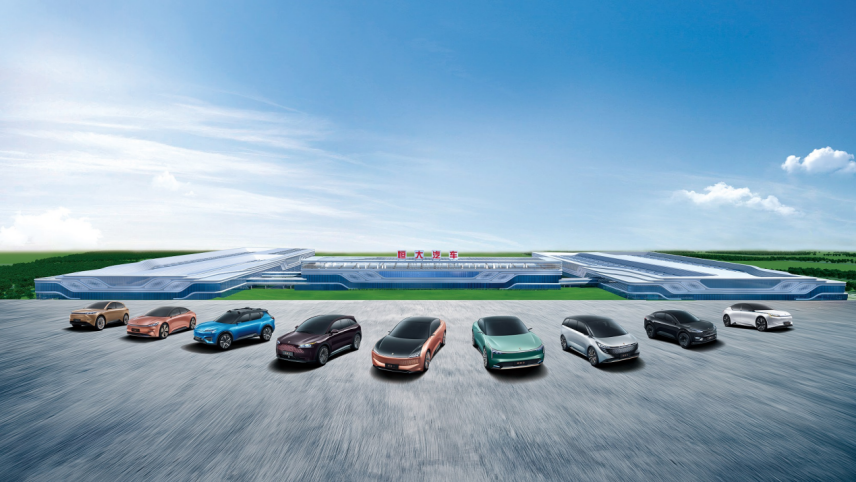
The development cycle of a car is 36-60 months. From the time point of view, Evergrande Auto has been developing its products in accordance with the normal progress of new forces. In the view of many researchers in the secondary market, launching nine vehicle models at once is a challenge for any company.The simultaneous heat endurance test of five models by Evergrande Auto not only verifies the company’s capability in multi-product management and research and development, but also indicates the potential for a second growth in its valuation as the delivery of the mass-produced Hengchi series approaches.
This article is a translation by ChatGPT of a Chinese report from 42HOW. If you have any questions about it, please email bd@42how.com.